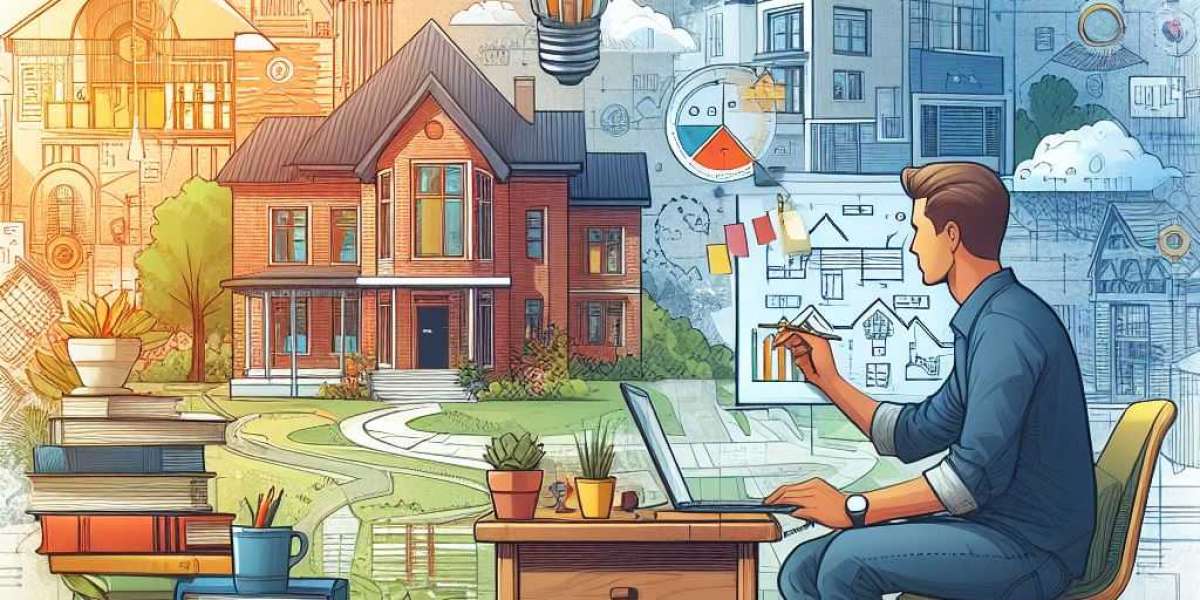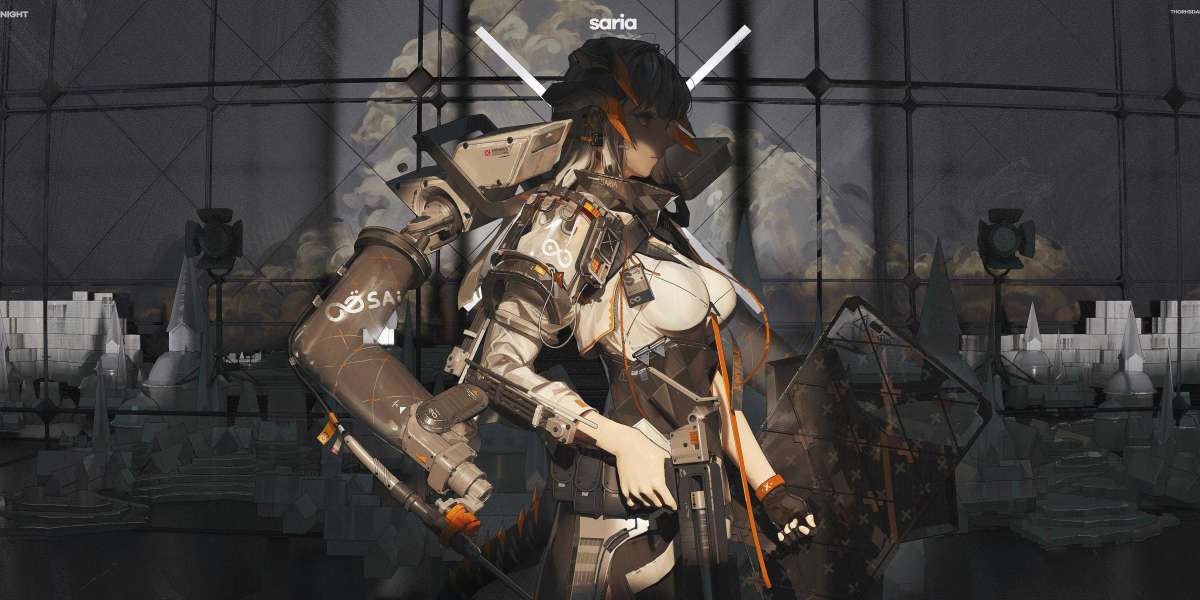As an architect or a student pursuing architecture, you're well aware that delving into architectural analysis is not merely about designing buildings but also about understanding their deeper significance, cultural context, and impact on society. However, mastering this field requires more than just theoretical knowledge; it demands a keen eye for detail and the ability to interpret architectural elements effectively. If you find yourself wondering, "Who can complete my architectural analysis assignment?" worry no more. We've got you covered!
In this blog post, we'll explore two master-level architectural analysis questions along with their theory solutions, completed by our expert. So, let's dive into the fascinating world of architecture and uncover the secrets behind these thought-provoking questions.
Question 1: Analyzing the Gothic Architecture of Notre-Dame Cathedral
The Gothic architecture of Notre-Dame Cathedral in Paris is renowned for its intricate design and towering spires. Discuss the key characteristics of Gothic architecture as exemplified by Notre-Dame Cathedral, and explain how these elements contribute to the overall aesthetic and symbolic significance of the structure.
Solution: Gothic architecture, characterized by its pointed arches, ribbed vaults, and flying buttresses, reached its pinnacle with the construction of Notre-Dame Cathedral in the 12th century. The cathedral's towering spires and elaborate facades exemplify the verticality and aspiration towards the divine inherent in Gothic design.
One of the key features of Notre-Dame Cathedral is its use of light and space. The stained glass windows, such as the famous Rose Window, allow light to filter into the interior, creating a sense of ethereality and transcendence. The ribbed vaults and pointed arches not only serve a structural function but also contribute to the vertical emphasis of the architecture, drawing the viewer's gaze heavenward.
Furthermore, the intricate sculptures adorning the exterior façade depict scenes from biblical narratives, saints, and martyrs, serving as visual narratives that communicate religious teachings to the illiterate masses. The flying buttresses, while providing structural support, also add a sense of dynamism and movement to the exterior, reinforcing the cathedral's connection to the heavens.
In essence, Notre-Dame Cathedral stands as a testament to the ingenuity and spiritual fervor of the medieval craftsmen who built it. Its Gothic architecture transcends mere stone and mortar, serving as a beacon of faith and inspiration for centuries to come.
Question 2: Deconstructing the Modernist Principles of Le Corbusier's Villa Savoye
Le Corbusier's Villa Savoye is often hailed as a quintessential example of modernist architecture. Analyze the design principles employed by Le Corbusier in the creation of Villa Savoye, and discuss how these principles reflect the ideals of the modernist movement.
Solution: Le Corbusier's Villa Savoye, completed in 1931, embodies the core principles of modernist architecture, including functionality, minimalism, and the rejection of ornamentation. Situated outside Paris, Villa Savoye serves as a radical departure from the traditional bourgeois mansion, embracing instead a new vision of urban living.
One of the defining features of Villa Savoye is its emphasis on functionalism and the efficient use of space. The pilotis, or slender columns, elevate the living quarters above ground level, allowing for uninterrupted views of the surrounding landscape and freeing up the ground floor for circulation and recreational activities. The open floor plan and modular design of the interior spaces reflect Le Corbusier's belief in the rational organization of space to accommodate the needs of modern life.
Additionally, Villa Savoye showcases Le Corbusier's fascination with the machine aesthetic. The clean lines, flat roof terrace, and use of industrial materials such as reinforced concrete and steel reinforce the notion of the building as a "machine for living," in which form follows function and ornamentation is eschewed in favor of pure geometric forms.
Furthermore, Villa Savoye embodies the modernist ideals of unity and harmony between architecture and nature. The horizontal ribbon windows and rooftop garden blur the boundaries between interior and exterior, allowing for a seamless integration with the surrounding environment.
In conclusion, mastering architectural analysis requires a deep understanding of architectural principles, historical context, and cultural significance. By exploring master-level questions like the ones discussed above, students can develop the critical thinking skills and analytical prowess necessary to excel in the field of architecture. So, the next time you're faced with a challenging architectural analysis assignment, remember that we're here to help you complete it with flying colors.







